Mud Volcanoes Azerbaijan
Peble Jeine
Gobustan Rock Art Cultural Landscape or simply Gobustan is a hill and mountain site occupying the southeast ending of the Big Caucasian Ridge, mainly in the basin of Jeyrankechmaz River, between the rivers Pirsagat and Sumgait. It is located west of the settlement of Gobustan, about 40 miles (64 km) southwest of the centre of Baku on the west bank of the Caspian Sea.
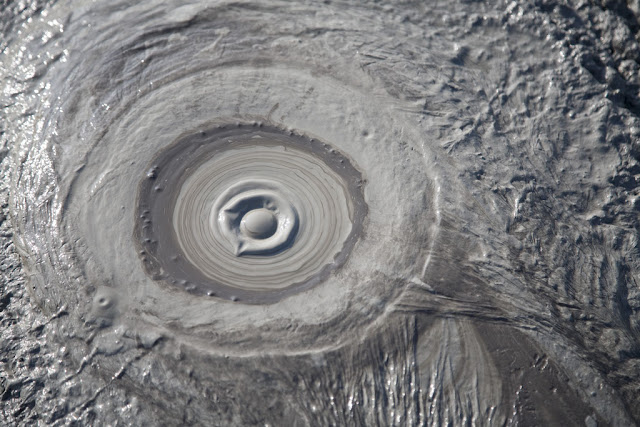 |
| Mud Volcanoes Azerbaijan |
The territory of Gobustan is cut up with numerous, sometimes rather deep ravines (in Azerbaijani: gobu). That is a suggested origin of the Gobustan geographical name. In 1966 Gobustan was declared a national historical landmark of Azerbaijan in an attempt to preserve the ancient carvings, relics, mud volcanoes and gas-stones in the region. The mountains Boyukdash, Kichikdash, Jingirdag, and the Yazili hill were taken under legal government protection. These mountains are located near the Caspian Sea, in southeast part of Gobustan.
In 2007 Gobustan was declared a UNESCO World Heritage Site considered to be of "outstanding universal value" for the quality and density of its rock art engravings, for the substantial evidence the collection of rock art images presents for hunting, fauna, flora and lifestyles in pre-historic times and for the cultural continuity between prehistoric and medieval times that the site reflects.
Azerbaijan and its Caspian coastline are home to nearly 400 mud volcanoes, more than half the total throughout the world. In 2001, one mud volcano 15 kilometers from Baku made world headlines when it suddenly started ejecting flames 15 meters high.
Many geologists as well as locals and international mud tourists trek to such places as the Firuz Crater, Gobustan, Salyan and end up happily covered in mud which is thought to have medicinal qualities.On the average, every twenty years or so, a mud volcano may explode with great force in Gobustan, shooting flames hundreds of metres into the sky, and depositing tonnes of mud on the surrounding area, The appearance of the Zoroastrian religion in Azerbaijan almost 2,000 years ago is closely connected with these geological phenomena, and Azerbaijan's etymology - Land of the Eternal Fire derives from its Zoroastrian history.
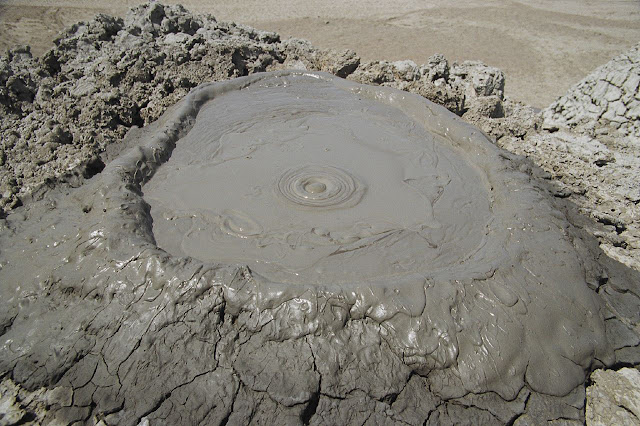

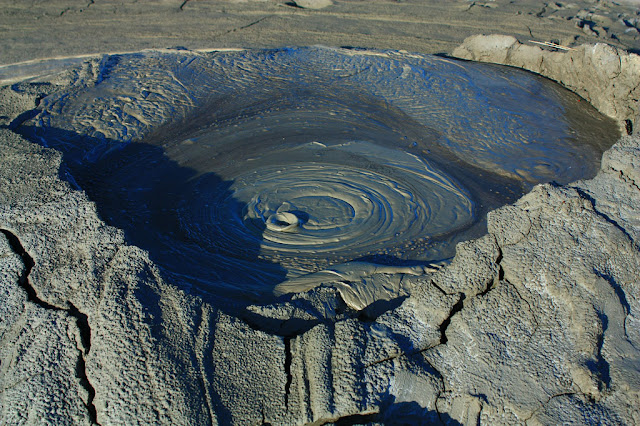




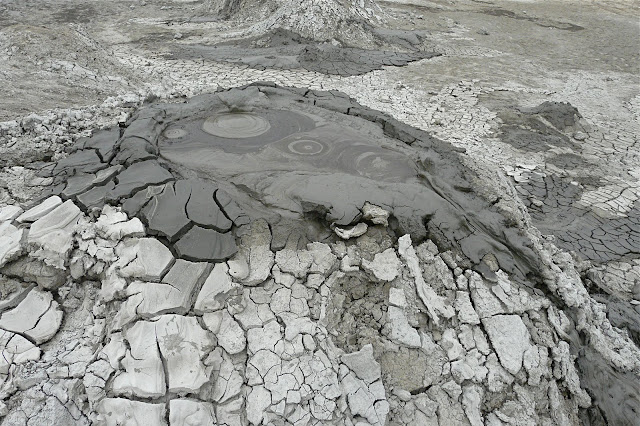


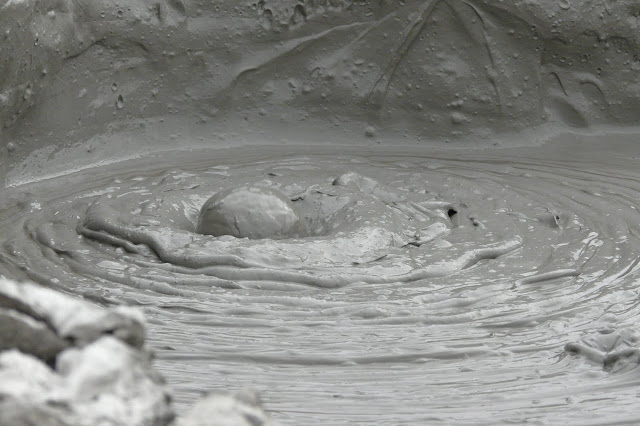

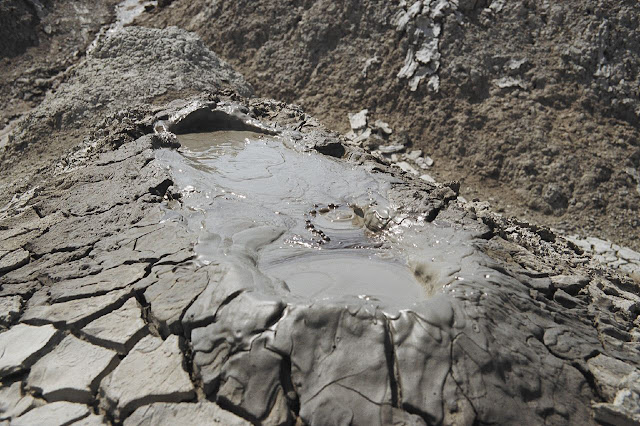
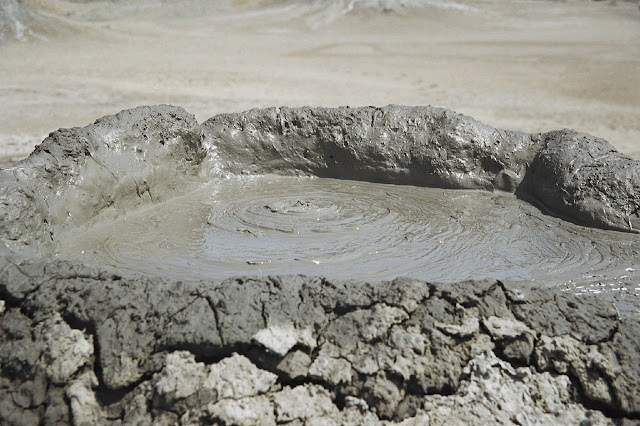
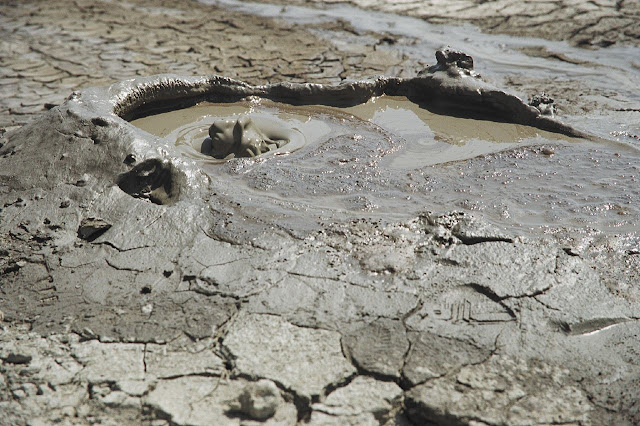
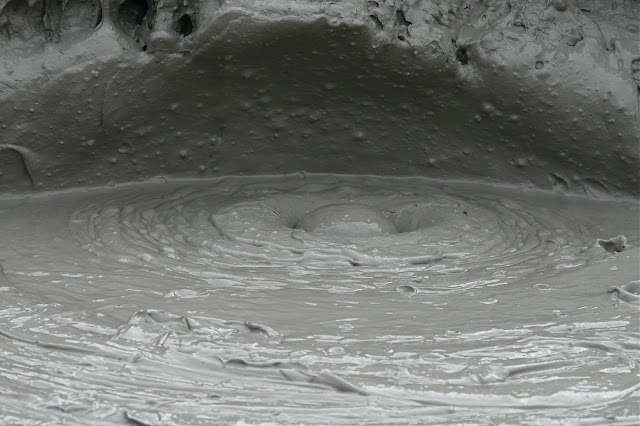
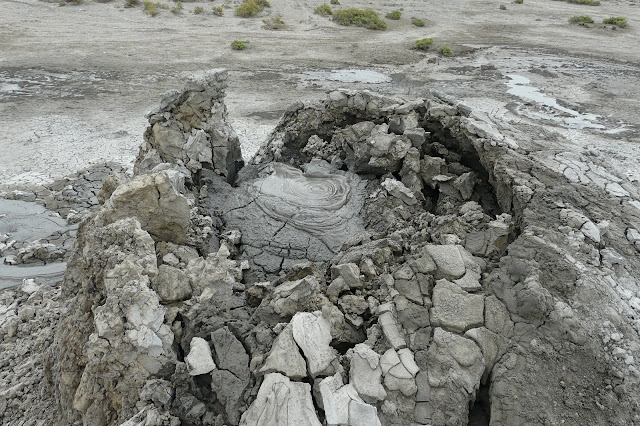

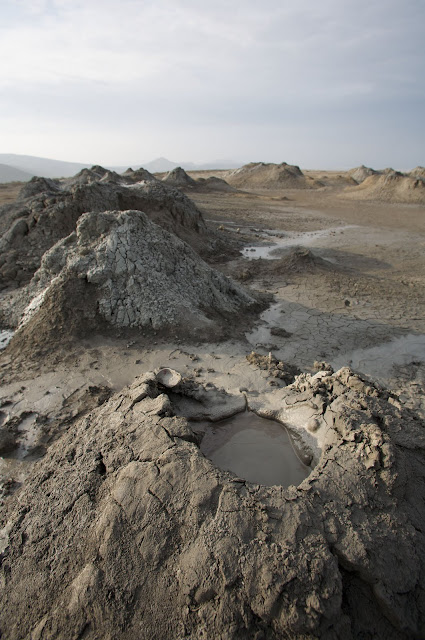
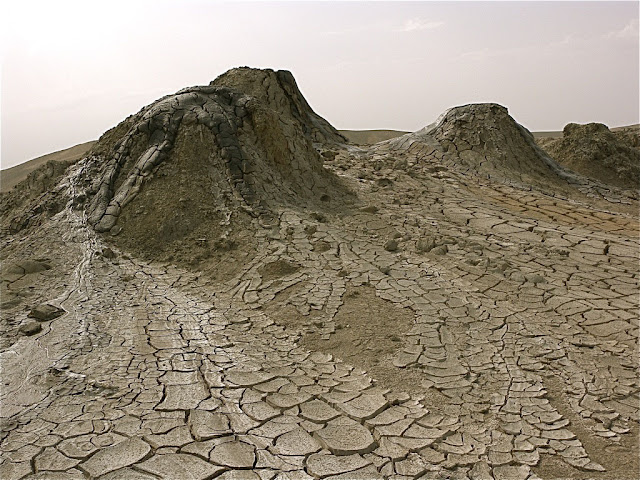
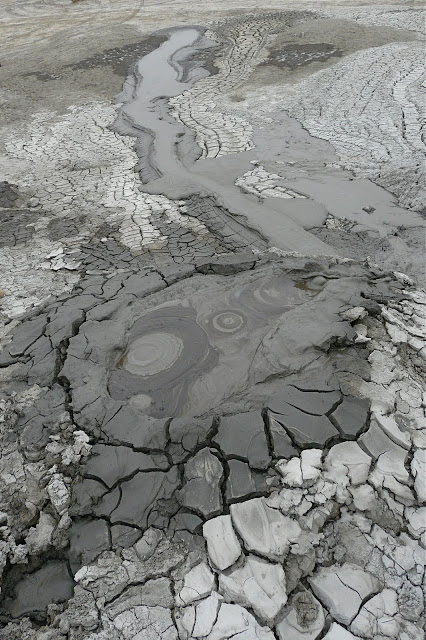
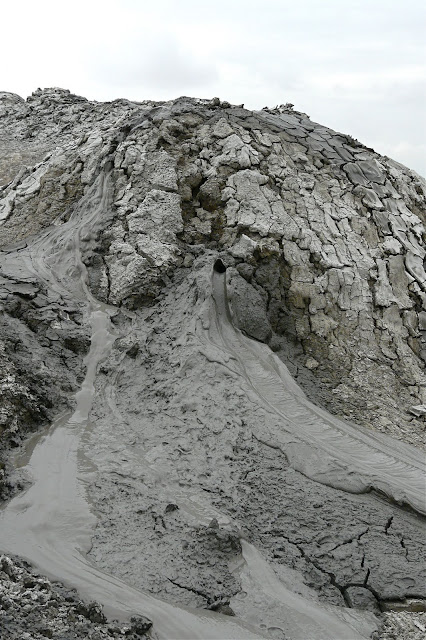
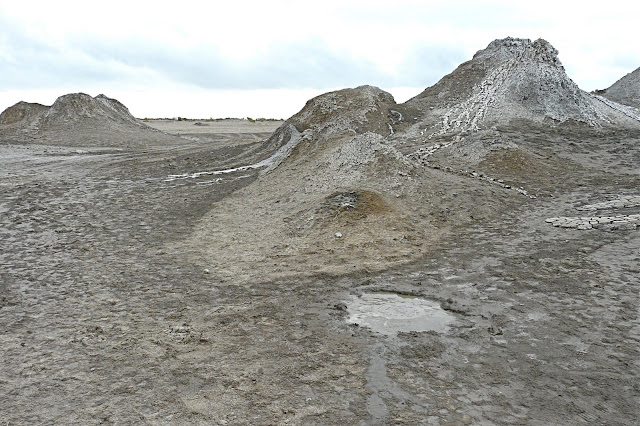
Enter your first comment!